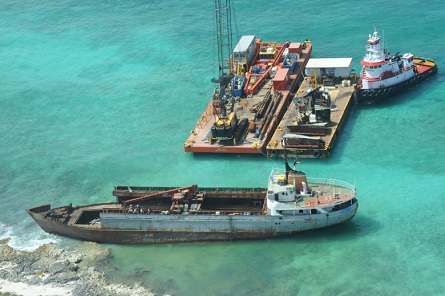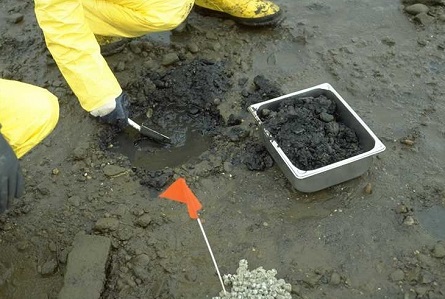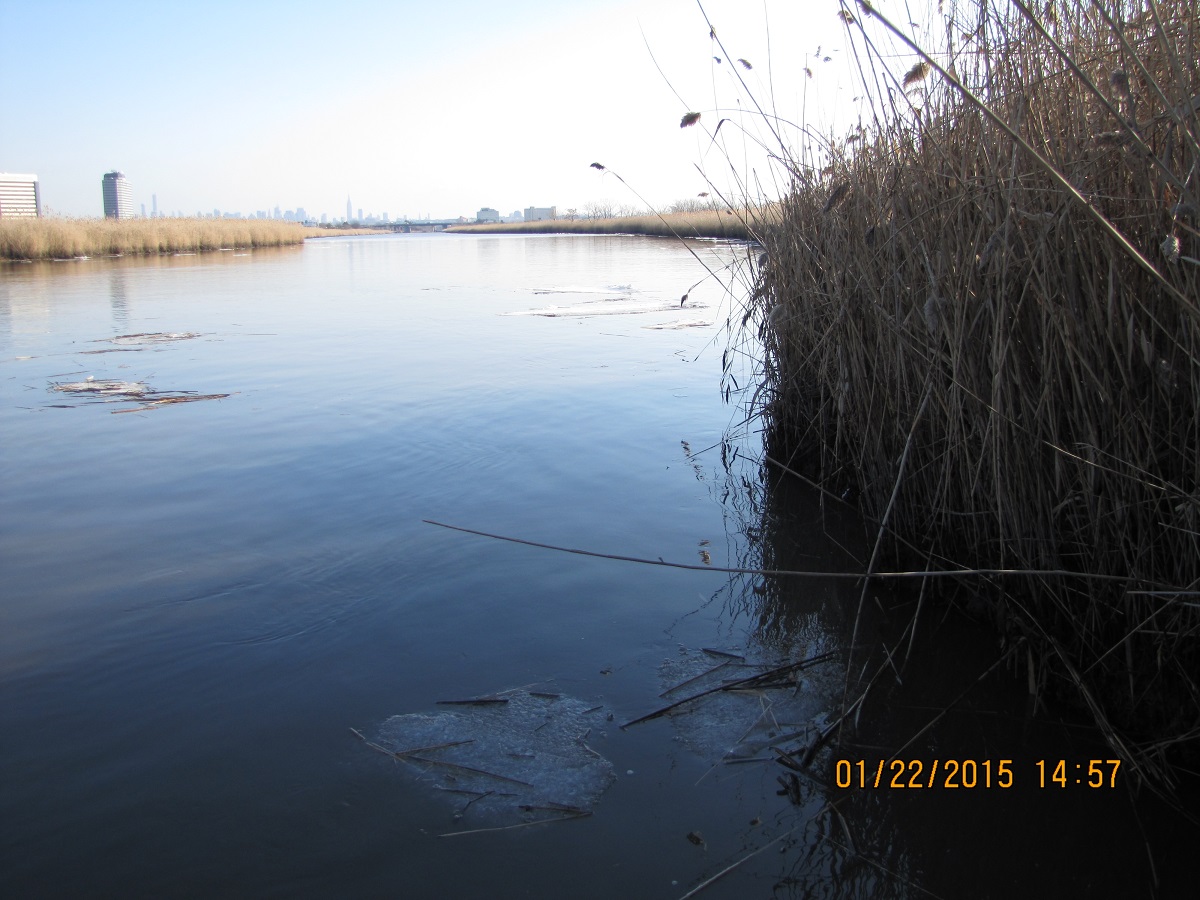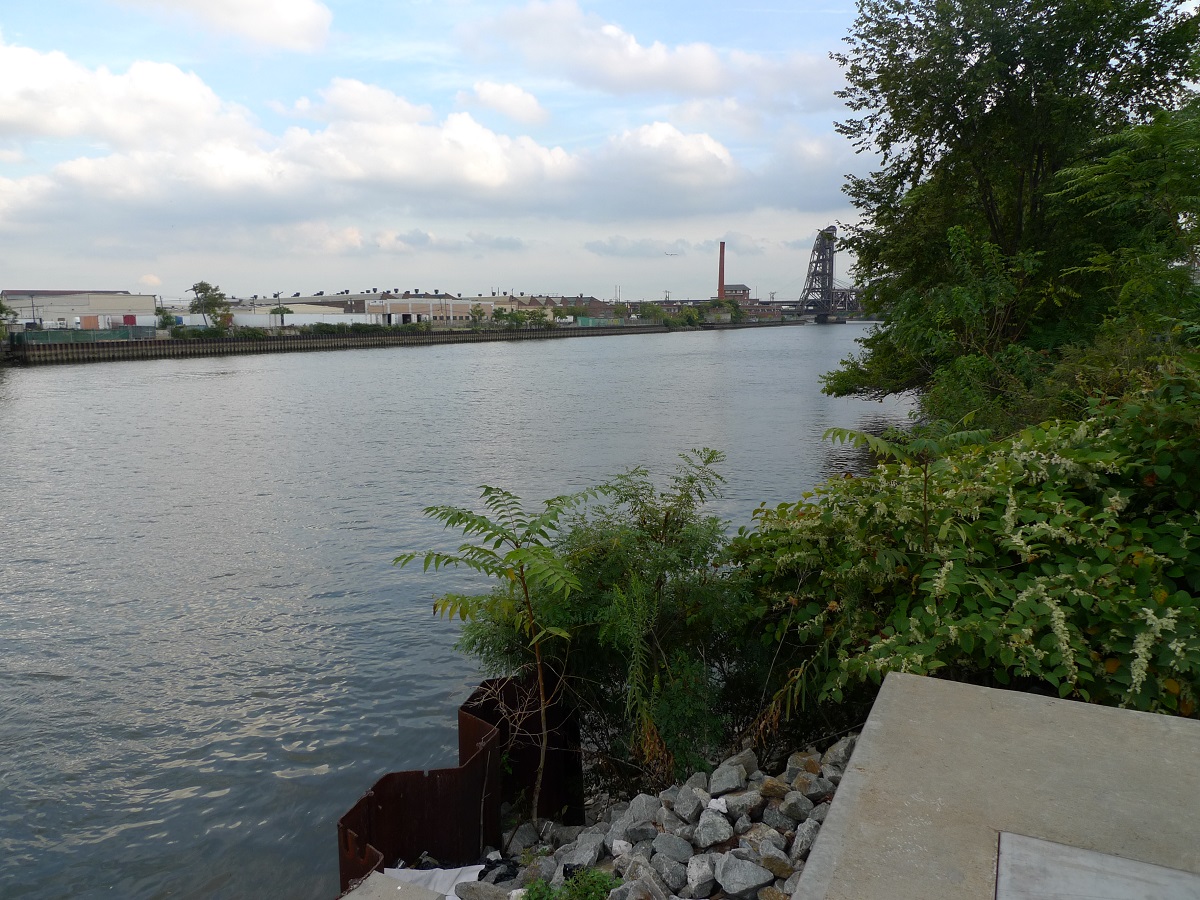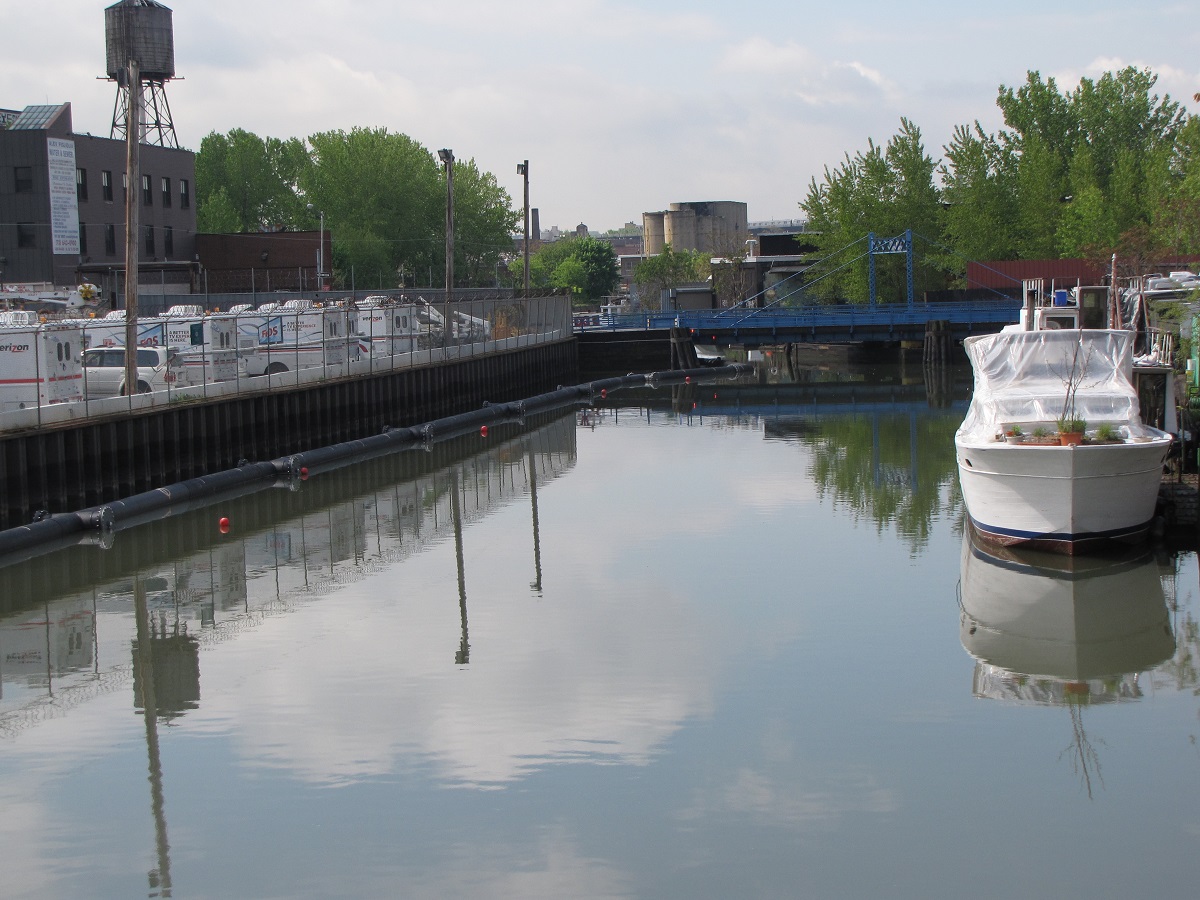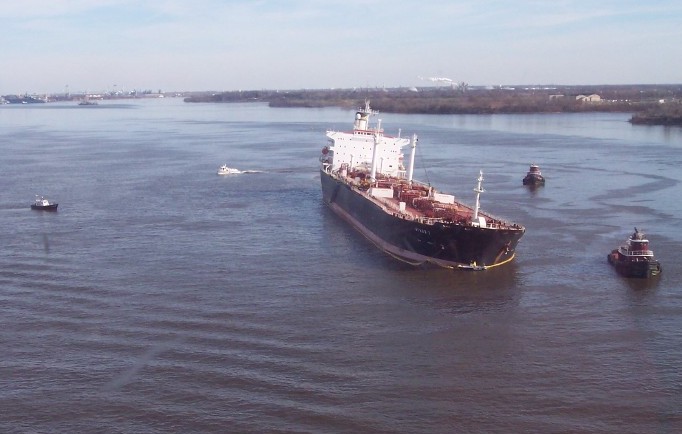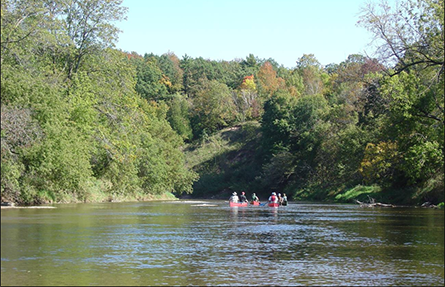Hazardous Waste Site | Washington State | Mid-20th Century
What Happened?
The Duwamish River was once a wide, meandering river with large areas of mudflats and marshes. By the 1940s, channelization and filling had transformed the 9-mile estuary into a 7-mile industrial waterway. This process destroyed 97 percent of the original habitat.
The Damage Assessment Remediation and Restoration Program
Wednesday, April 22, 2015 - 15:22
Wednesday, September 10, 2025 - 09:25
Ship Grounding | Puerto Rico | June 2012
What Happened?
The Damage Assessment Remediation and Restoration Program
Wednesday, April 22, 2015 - 14:00
Thursday, August 20, 2020 - 17:10
Between 1932 and 1977, the General Electric Company (GE) released PCBs polychlorinated biphenyls; a class of chemicals previously used in manufacturing that remain in the environment for many decades, accumulate in living creatures, and pose health hazards to humans, wildlife, and fish. and other chemical wastes into the Housatonic River.
The Damage Assessment Remediation and Restoration Program
Tuesday, April 21, 2015 - 10:26
Thursday, June 12, 2025 - 08:51
On April 27, 2003, the tank barge Bouchard 120 hit a bedrock ledge in Buzzards Bay. The impact created a 12-foot rupture in the barge’s hull. An estimated 98,000 gallons of oil spilled into the coastal waters of Massachusetts and Rhode Island.
The Damage Assessment Remediation and Restoration Program
Tuesday, April 21, 2015 - 06:12
Monday, July 22, 2024 - 08:14
Hazardous Waste Site | Philadelphia, PA | 1962 to Present
What Happened?
From 1962 to 1985, Metal Bank of America Inc. owned and operated a salvage yard adjacent to the Delaware River. The facility recycled scrap metal and electrical transformers from various utility companies. Oil containing PCBs and other contaminants was released into the environment during the salvage process, and also leaked from an underground storage tank.
The Damage Assessment Remediation and Restoration Program
Tuesday, April 21, 2015 - 05:55
Friday, September 13, 2024 - 05:00
Hazardous Waste Site | Wood-Ridge, East Rutherford, and Carlstadt, NJ | 1929 to Present
Starting in 1929, several industrial facilities released mercury, PCBs, PAHs, VOCs, and other hazardous substances into Berry’s Creek and the surrounding area.
The Damage Assessment Remediation and Restoration Program
Monday, April 20, 2015 - 09:24
Tuesday, October 7, 2025 - 10:20
Hazardous Waste Site | New Jersey | 1940s to present
In the 1950s and 1960s, Agent Orange was manufactured at a facility on the banks of the Lower Passaic River (LPR). One of the byproducts of its production, the toxin TCDD was released into the estuary.
The Damage Assessment Remediation and Restoration Program
Friday, April 17, 2015 - 13:57
Tuesday, April 29, 2025 - 12:37
Hazardous Waste Site | Brooklyn, NY | 1800s to Present
What Happened?
The Damage Assessment Remediation and Restoration Program
Thursday, April 16, 2015 - 13:19
Tuesday, September 9, 2025 - 11:25
On November 26, 2004, the M/T Athos I hit several submerged objects in the Delaware River while preparing to dock at a refinery in Paulsboro, New Jersey. A nine-ton anchor punctured the vessel’s bottom, releasing nearly 265,000 gallons of crude oil into the Delaware River and nearby tributaries.
The Damage Assessment Remediation and Restoration Program
Thursday, April 16, 2015 - 11:14
Tuesday, August 25, 2020 - 15:46
Hazardous Waste Site | Sheboygan, WI | 1870s to Present
Beginning as early as the 1870s, various industrial facilities released PCBs, heavy metals, and PAHs to the Sheboygan River and the surrounding area. EPA designated the lower 14 miles of the Sheboygan River a Superfund site in 1986.
The Damage Assessment Remediation and Restoration Program
Tuesday, March 31, 2015 - 15:01
Thursday, October 21, 2021 - 14:39


